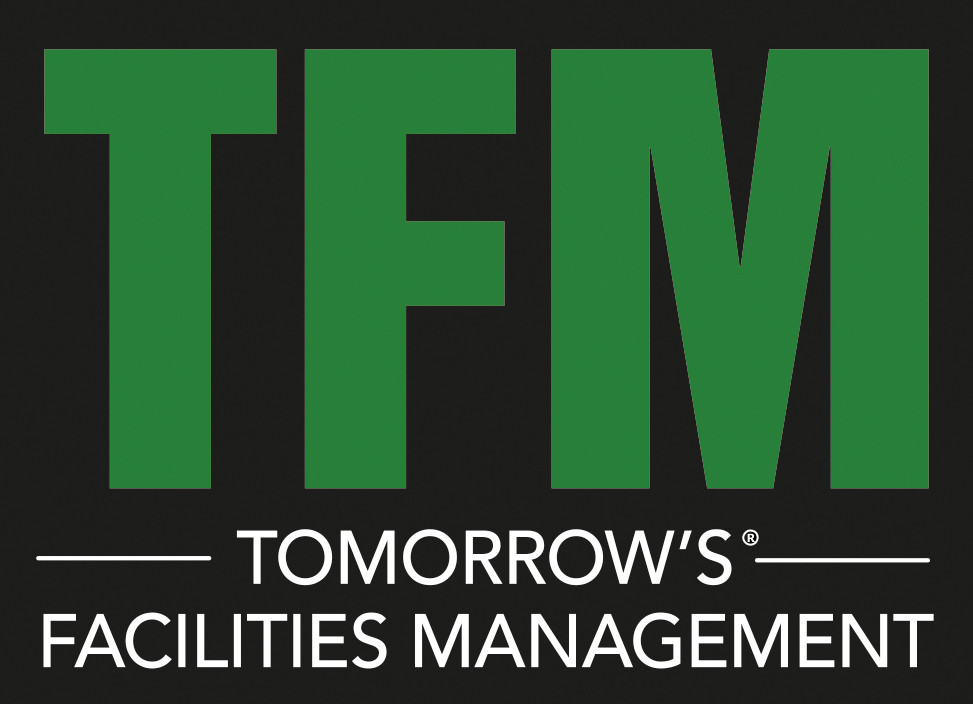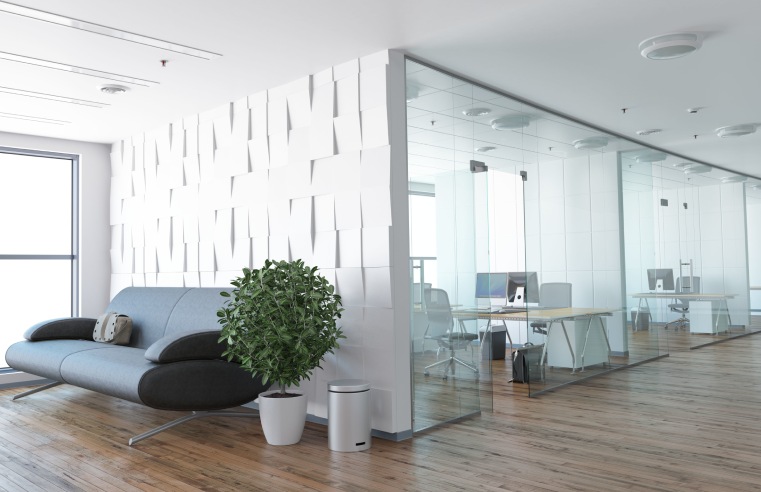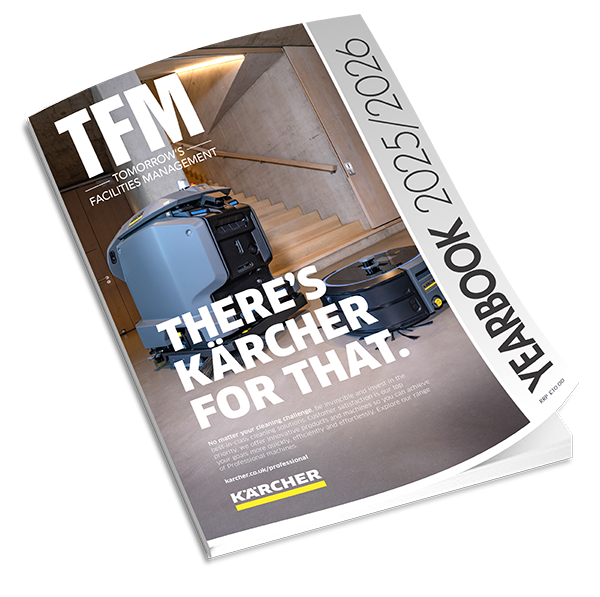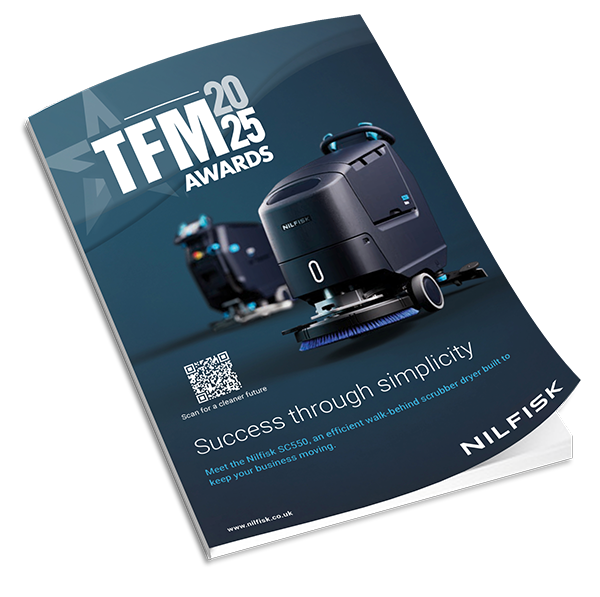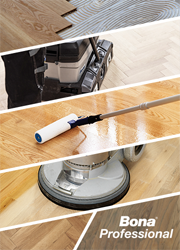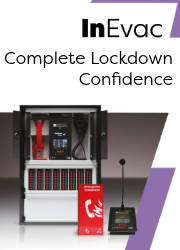Accessible design specialist, Motionspot, has published a white paper which delivers insights and inspiration for DE&I, HR and business leaders to make workplaces more inclusive for everyone.
Motionspot believes that designing more inclusive buildings and spaces reduces exclusion and fosters equity for everyone. This is because inclusive design produces universally appealing environments, helps organisations to hire and retain the best demographically, experientially, and cognitively diverse talent, improves satisfaction at work and provides long term cost savings by avoiding the need for expensive and environmentally damaging retrofits and adaptations in the future.
Ed Warner, CEO and Founder of Motionspot, and Government Access Ambassador – Product and Spaces, said: “For diversity and inclusion policies to be successful, organisations need to consider how their workplaces can be designed more inclusively to remove barriers for employees and visitors. This gives opportunities to previously marginalised demographics and helps to create more diverse and inclusive workforces, which make better places to work while also improving productivity.”
Motionspot’s white paper includes a guide to what inclusive design is in practical terms, why it is important and the positive impact it has on employee engagement, positivity and commitment sentiment.
The section looks at four common workplace challenges and proposes solutions including: All Gender WC facilities and accompanying signage for transgender and non-binary employees; developing private faith rooms and designing kitchen areas that allow for different foods to be stored separately to ensure that people of all cultures are catered for; creating quiet spaces and warm-desking zones and implementing noise control measures to help minimise workplace anxiety; and improving visual, sensory and auditory wayfinding across the whole building in a step free environment to help people with a range of physical conditions to better navigate the space.
The other key takeaway is the ‘Implementing Inclusive Design’ section which explains Motionspot’s approach as being “grounded in observing, analysing, and understanding the complex variety of people’s needs, abilities, desires and aspirations”. The white paper then details Motionspot’s six-step inclusive design process:
- Connect with stakeholders to build understanding.
- Investigate reasons behind design challenges and identify points of exclusion.
- Create an inclusive design strategy.
- Improve by collecting feedback.
- Measure the impact of the changes on building occupants.
- Implement the design through inclusive design audits of existing buildings against the inclusive design strategy.
Warner added: “Businesses that embrace inclusive design will see significant benefits for their workforce and visitors. Not only will inclusive businesses be able to attract and retain the best talent, but by investing time and engaging expertise at the start of the design process, inclusive design principles will help encourage staff back into the workplace and have a positive impact on team collaboration and productivity.”
Click here to download Motionspot’s inclusive workspace white paper.



